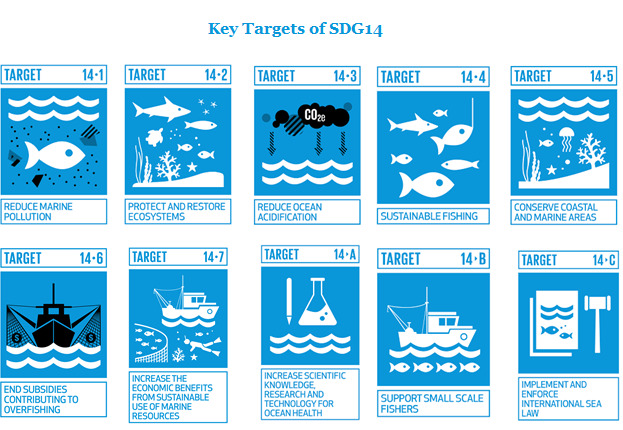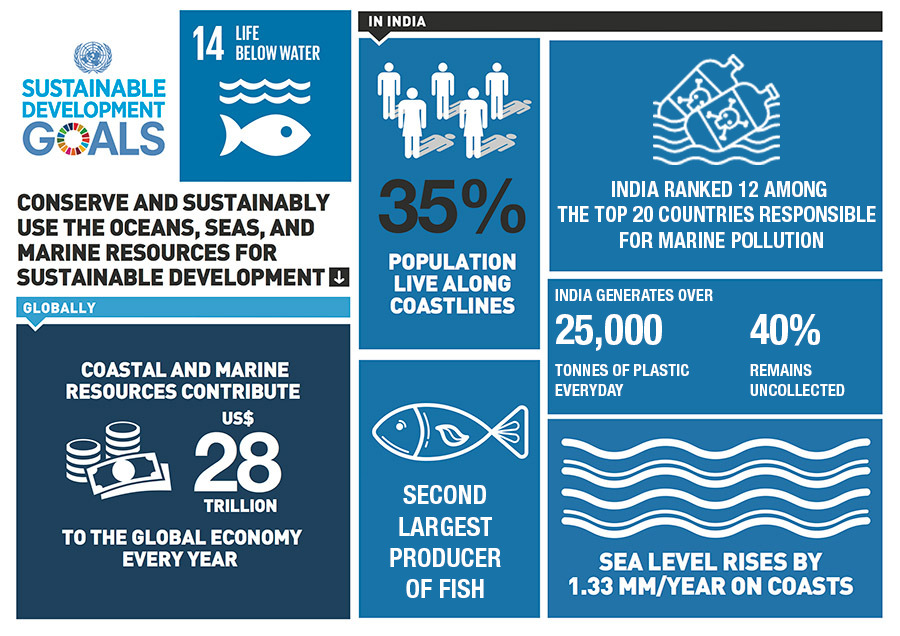7667766266
enquiry@shankarias.in
Click here to know all about India’s blue economy
80% of world trade happens using the seas, 40% of the world’s population live near coastal areas, and more than three billion people access the oceans for their livelihood.

Reference
The Hindu Business Line | Developing the blue economy requires collaborative effort
